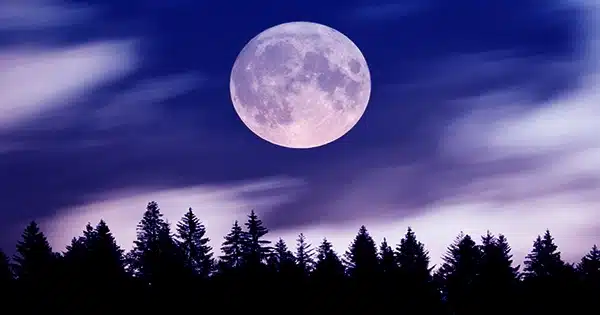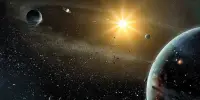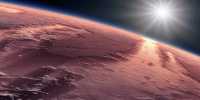Saturn’s current position in the solar system makes it an ideal skywatching target this weekend.
The ringed gas giant will approach opposition, which means it will be squarely opposite the sun, with Earth in the center. According to In-The-Sky, Saturn will reach perigee, its closest approach to Earth, around the same time. Because of the conjunction of these two cosmic occurrences, Saturn will be at its largest and brightest this weekend. The planet should be visible until February 2024.
Look to the east-southeast shortly after sunset for Saturn in the Aquarius constellation if you live in North America. The ringed planet should be fairly high in the sky in a few hours. It will peak about midnight local time on Sunday (Aug. 27), with the exact moment of opposition occurring a few hours later, at 4:20 a.m. EDT (0820 GMT).
Saturn will attain magnitude 0.4 at the moment of opposition, its brightest until 2023. (Brighter objects have a lower magnitude; according to NASA, the full moon has a magnitude of roughly -12.6) This implies that Saturn should be visible to the naked eye as a bright, non-flickering ball in the sky.
Viewing Saturn via binoculars, on the other hand, should provide more detail and highlight the planet’s faint yellow tint. Some high-powered binoculars may even begin to reveal tiny indications of Saturn’s rings or even its largest moon, Titan, under the correct conditions.
However, Saturn’s rings should be visible using a telescope. According to NASA, the gas giant’s rings are currently tilting further toward Earth and will continue to do so until 2025. As a result, this weekend is an excellent opportunity to catch a glimpse of one of the best night sky sights available to most backyard skywatchers.
If you want to see Saturn at opposition or the next big night sky event, our guide to the best binoculars and telescopes can help you find the equipment you need.
If you want to shoot these celestial objects or the night sky in general, see our guides on how to photograph the moon and how to photograph the planets, as well as our best cameras for astrophotography and best lenses for astrophotography.















